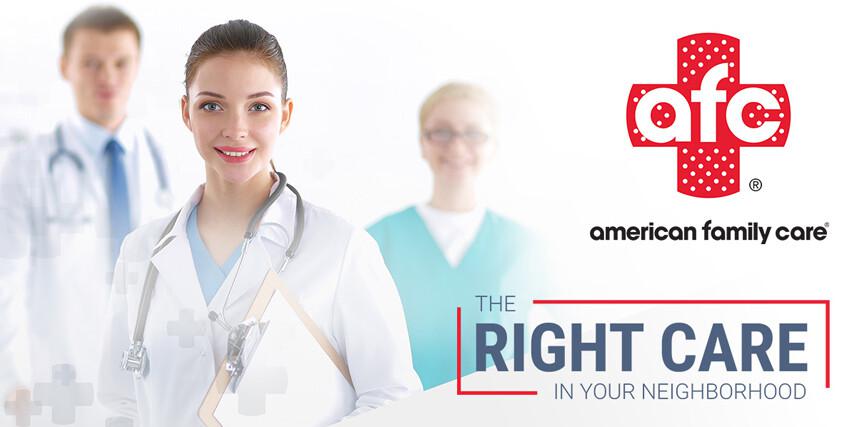If you've ever gone hiking, camping, or spent time in overgrown backyards, you might have heard warnings about poison ivy. This plant is notorious for causing itchy, blistering rashes that can become quite uncomfortable. But how can you tell if that itch on your arm is from poison ivy or something else? Early identification is key to managing symptoms and preventing further spread.
For same-day poison ivy rash treatment, come visit the walk-in clinic at AFC Urgent Care West Orange. Our providers are here to ensure you receive the care you need when you need it most. Just walk-in any day of the week during operating hours!
What Does Poison Ivy Look Like?
Poison ivy typically grows as a vine or shrub and is most commonly recognized by its "leaves of three" pattern. The leaves are almond-shaped and may have slightly notched or smooth edges. Depending on the season, they can appear green, reddish, or yellow. In spring and summer, poison ivy often produces small, whitish berries.
The rash itself doesn't appear immediately. It usually begins to show within 12 to 48 hours after contact with the plant's oily resin called urushiol. The affected skin may first look slightly red or irritated, and then small bumps or streaks start to appear, often in a linear pattern, matching the way the plant brushed across your skin.
Symptoms and Stages of a Poison Ivy Rash
The first stage of a poison ivy rash often includes:
- Redness and itching at the site of contact
- Mild swelling or tenderness
- Small red bumps or patches
As the rash progresses, these symptoms may evolve into:
- Blistering, which can ooze clear fluid
- Increased itchiness and discomfort
- A spreading rash, especially if urushiol remains on clothing or under fingernails
How Poison Ivy Spreads
One common misconception is that the rash itself is contagious, but it's not. Poison ivy doesn't spread from person to person through skin contact with the rash. Instead, the real culprit is urushiol oil, which can linger on clothes, pets, tools, and even under fingernails.
If you touch the plant and then touch another part of your body, or if you brush against contaminated objects, you can unintentionally spread the oil and develop new rashes in different areas. Washing the skin with soap and water within 10–15 minutes of exposure can help minimize or even prevent a rash from developing.
Get Walk-In Rash Relief at AFC Urgent Care West Orange Today
If you experience severe itching, swelling of the face or eyes, difficulty breathing, or if your rash covers a large portion of your body, it's time to seek medical help. Also, if the rash shows signs of infection, like pus, increasing pain, or warmth, urgent care can provide the appropriate treatment. In many cases, prescription-strength steroids or antihistamines are necessary to relieve symptoms and speed up healing. Don't wait for your discomfort to worsen. Early care can prevent complications and make your recovery much smoother. At AFC Urgent Care West Orange, we’re dedicated to providing the highest quality of care to all patients in the West Orange, NJ area and surrounding communities. For more information about our services, please give us a call at (973) 804-9137.
